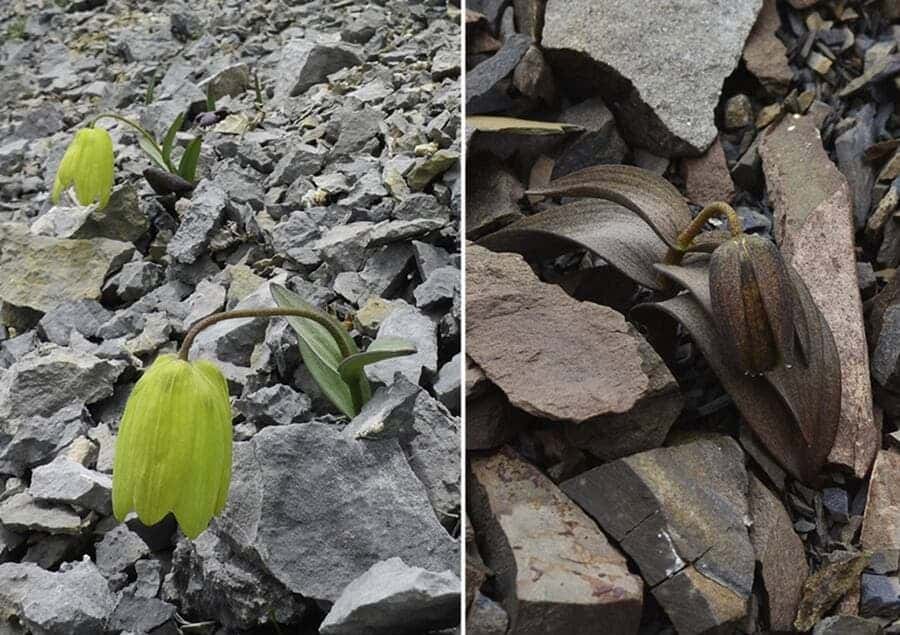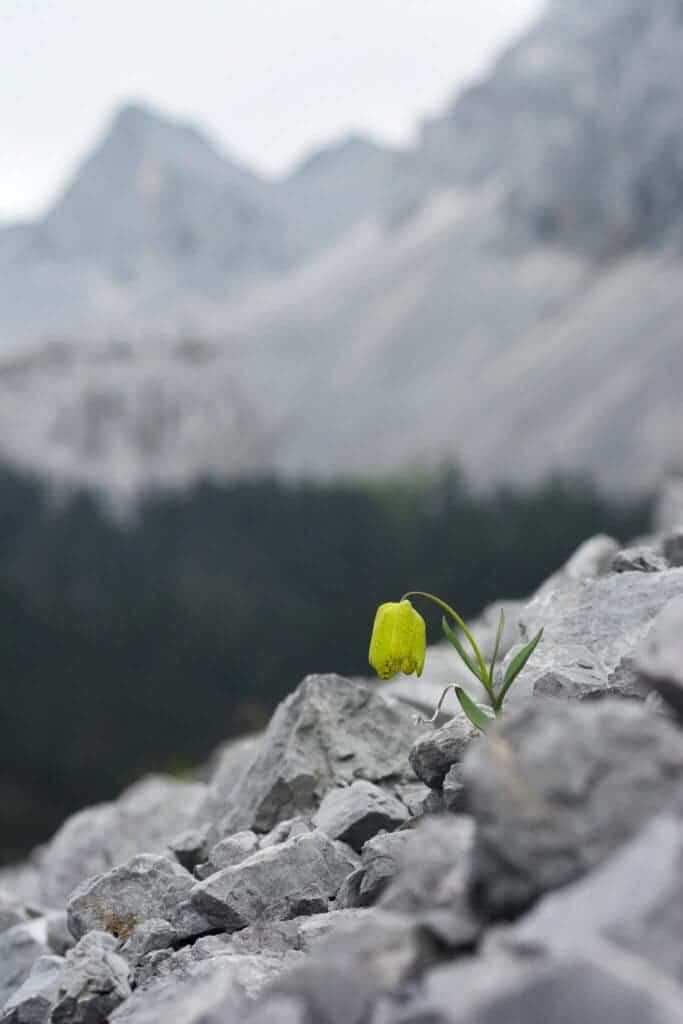
Most are aware of animal camouflage, where both prey and predator employ various disguises to blend with their environment and avoid attracting attention. However, the same evolutionary pressures that lead some animals to develop camouflage as a defense mechanism are also acting upon other living things, such as plants. Strangely enough, a new study documents how a perennial herb growing in China has evolved camouflage in order to avoid harvesting by human hands.
Plants vs humans
Humans have been deliberately breeding plants since at least the agricultural revolution more than 8,000 years ago. However, we’re far less used to seeing plants evolve in response to human activity without our conscious interference.
For years, Yang Niu, a scientist at the Kunming Institute of Botany at the Chinese Academy of Sciences, has been documenting the fascinating world of plant camouflage. In 2018, he and colleagues in China and the UK published a review concluding that many plants use a host of camouflage techniques long known to be used by animals.
These include blending with the background, “disruptive coloration” (using high-contrast markings to break up the perceived shape of an object), and “masquerade” (looking like an unimportant object predators might ignore, such as a stone).
This makes sense. If plants evolved lush coloring to entice pollinators or enhance photosynthesis, there’s no reason why traits that also offer protection wouldn’t also be favored in some situations.
One prime example is Corydalis hemidicentra, a plant whose leaves match the colour of rocks where it grows. What’s more, different populations of this species look different in different places.

Now, in a new study, Niu and colleagues have documented a new species that employs camouflage — but unlike other plants, this may be the first species to our knowledge that employs camouflage to avoid human predators.
Fritillaria delavayi, a plant that grows in the mountain regions of China, has been harvested by humans for medicinal purposes for at least 2,000 years. They always had green leaves and bell-shaped yellow flowers until recently when many plants colored brown or teal, matching the backdrop of their environment, have been noticed.
Writing in the journal Current Biology, Niu and colleagues say that the plants have evolved camouflage in order to avoid harvesting. It takes around 3,500 flowers to produce a single pound of medicinal product, which can cost up to $218. In rural China, where economic prospects are scarce, the demand for the herb has driven heavy harvesting — and the plants have wised up in response.
“Like other camouflaged plants we have studied, we thought the evolution of camouflage of this fritillary had been driven by herbivores, but we didn’t find such animals,” Niu, co-author of the study, said in a statement. “Then we realized humans could be the reason.”
Using a spectrometer, the researchers recorded how closely the color of the plants matched their environment. Plants from multiple locations were analyzed. The team also kept records of the annual weight of bulbs harvested from 2014 to 2019, which showed where Fritillaria was harvested heavily in each area.

Remarkably, the regions with the most intense harvesting also had plants with the most effective camouflage patterns that mimicked their backdrop. Meanwhile, Fritillaria plants that were largely left alone grew green as they have for thousands of years.
“It’s remarkable to see how humans can have such a direct and dramatic impact on the coloration of wild organisms, not just on their survival but on their evolution itself,” said Martin Stevens, an ecologist at the University of Exeter and co-author of the study, in the statement.
“Many plants seem to use camouflage to hide from herbivores that may eat them—but here we see camouflage evolving in response to human collectors. It’s possible that humans have driven evolution of defensive strategies in other plant species, but surprisingly little research has examined this.”
Humans have been selecting crops, animals, and years for so much time that it’s fascinating to hear about unintentional selection for a change. There may be many other examples of this that scientists have yet to learn about.


